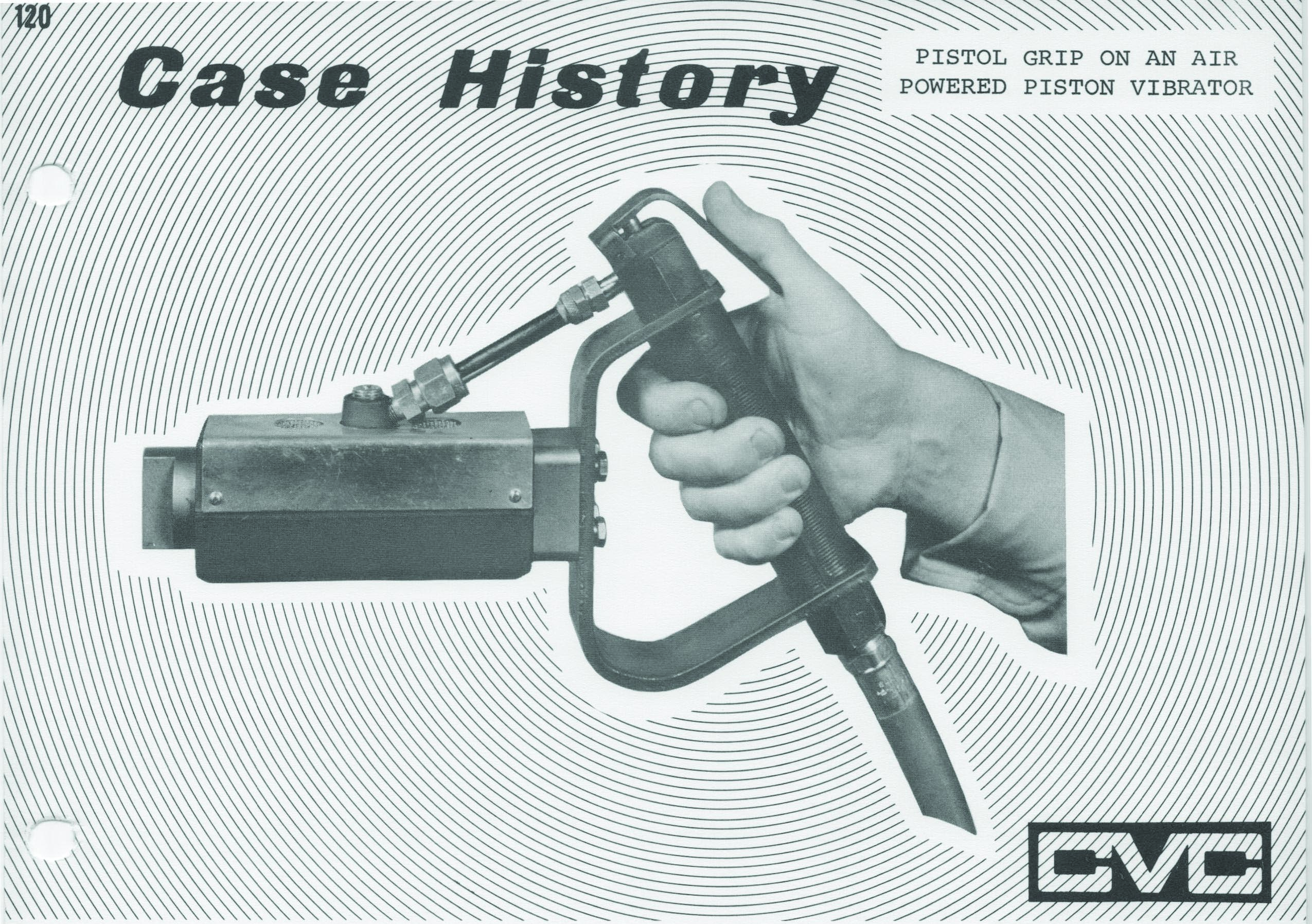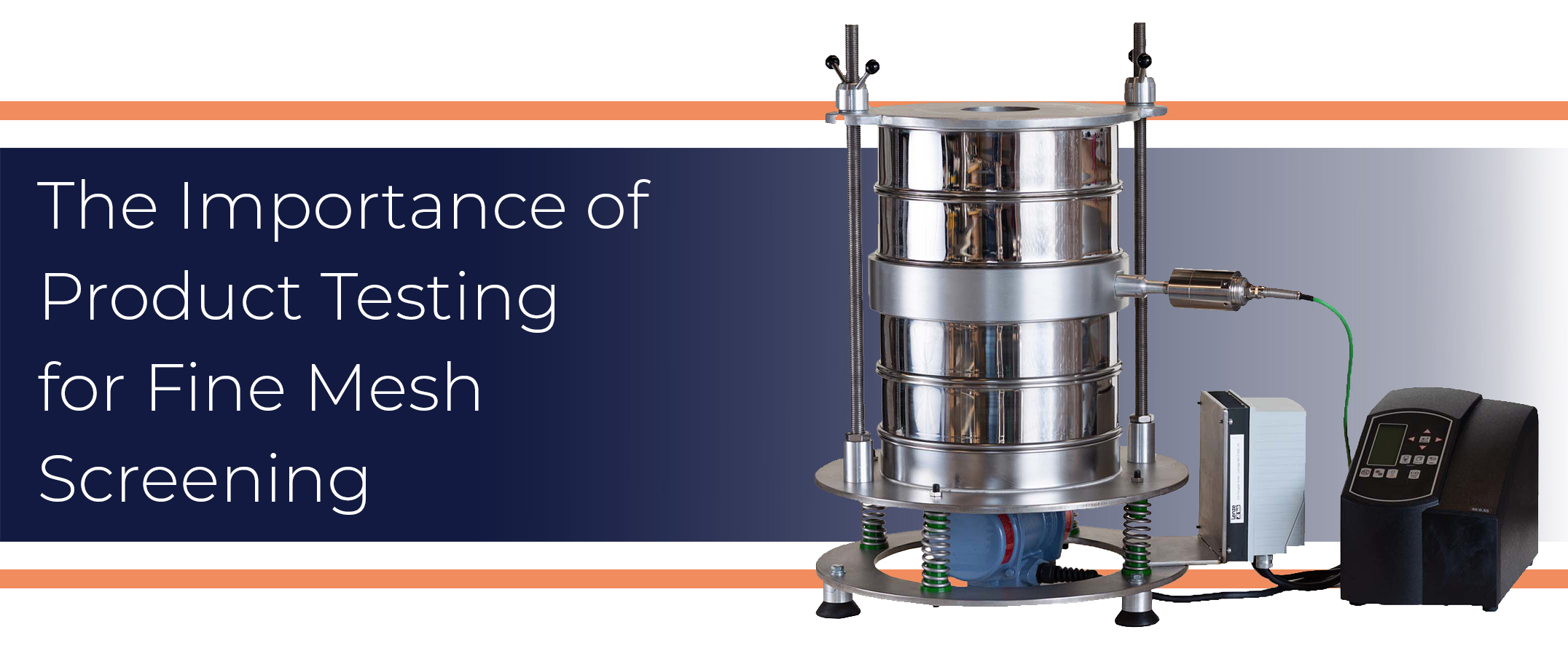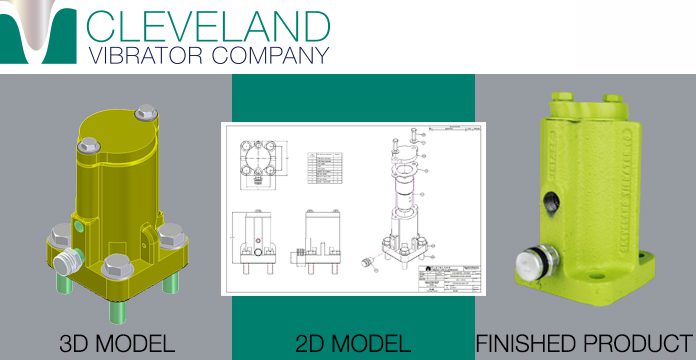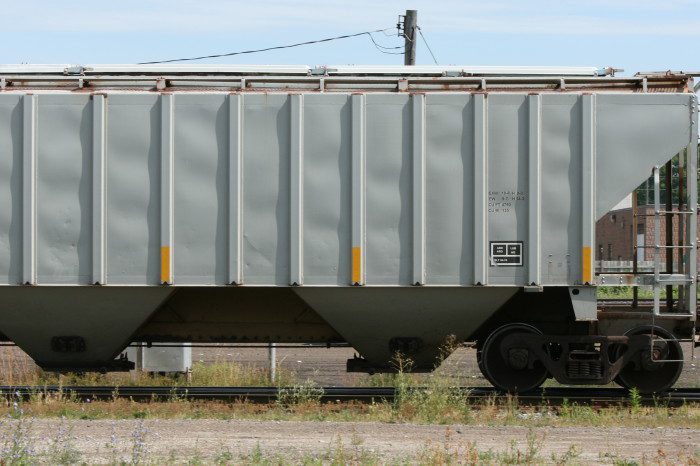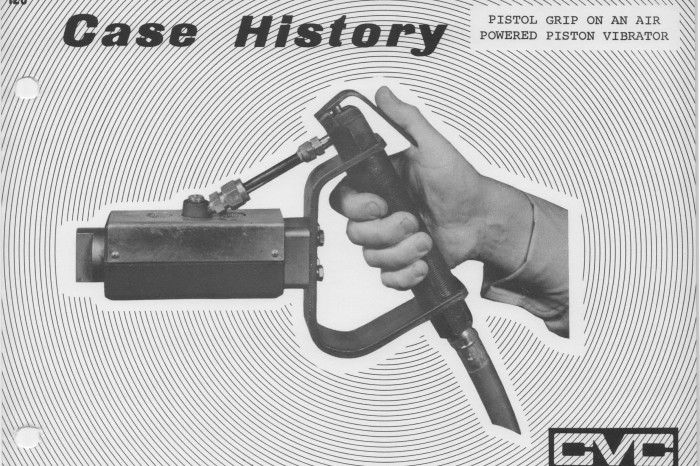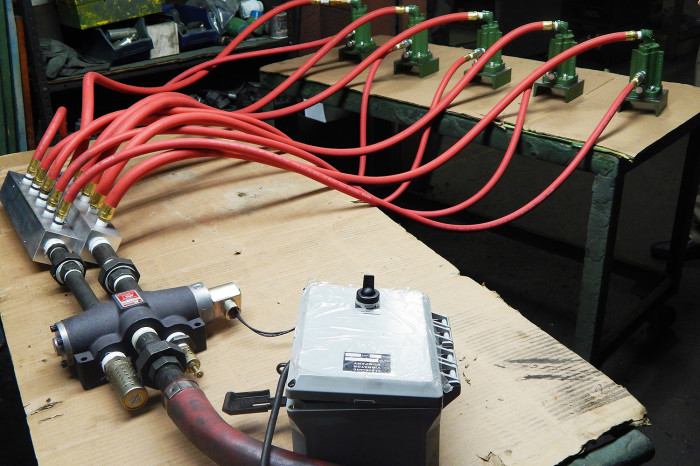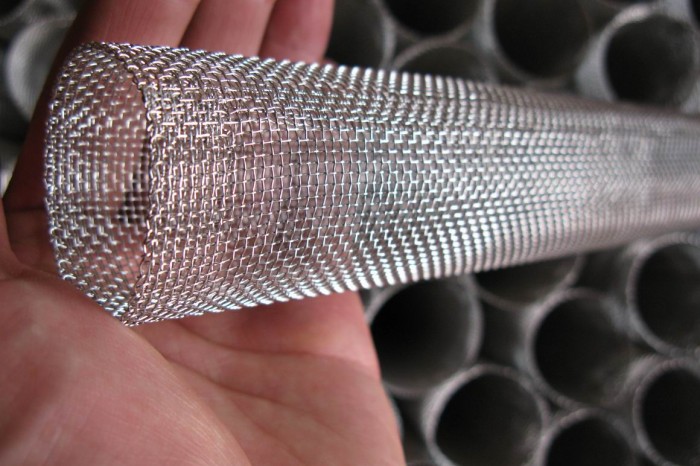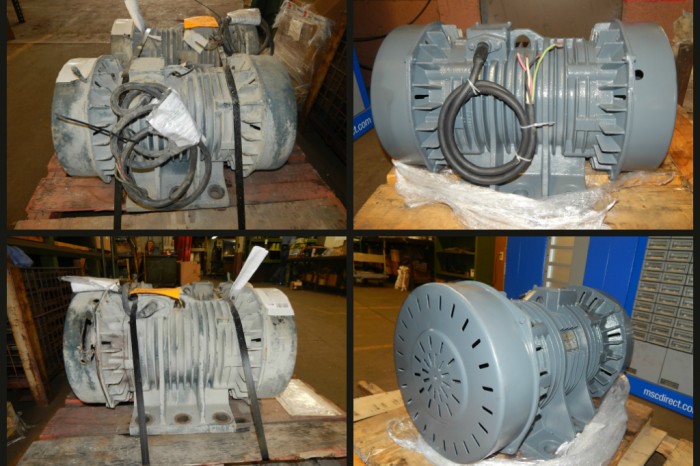Over the course of 90+ years, we have developed several types of portable air piston vibrators. Some have long since ridden off into the sunset, and some are still used today.
The Pistol Grip Vibrator
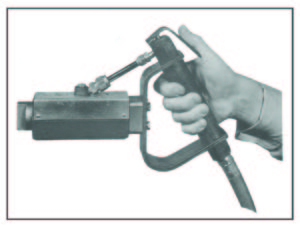 The Pistol Grip vibrator was one of those handheld units from the late ’60s to early ’70s that was successfully developed mainly because a customer said, “I need this and if you build it we will buy it.” Cleveland Vibrator did build it, and they did buy it. However, it turned out to be one of those limited edition models with a higher price tag, and folks used other more standard units for similar applications. This model was used for a precast concrete form application, and the customers would walk around and place the vibrator against the form at selected spots to settle the concrete and remove air bubbles which would generate a better-finished product. The main feature of this unit was the ability to carry it in your hand and not have it vibrate until you squeezed the trigger. Plus, the handle had a rubber grip helping to isolate the vibration force from the operator.
The Pistol Grip vibrator was one of those handheld units from the late ’60s to early ’70s that was successfully developed mainly because a customer said, “I need this and if you build it we will buy it.” Cleveland Vibrator did build it, and they did buy it. However, it turned out to be one of those limited edition models with a higher price tag, and folks used other more standard units for similar applications. This model was used for a precast concrete form application, and the customers would walk around and place the vibrator against the form at selected spots to settle the concrete and remove air bubbles which would generate a better-finished product. The main feature of this unit was the ability to carry it in your hand and not have it vibrate until you squeezed the trigger. Plus, the handle had a rubber grip helping to isolate the vibration force from the operator.
Share this blog post:


